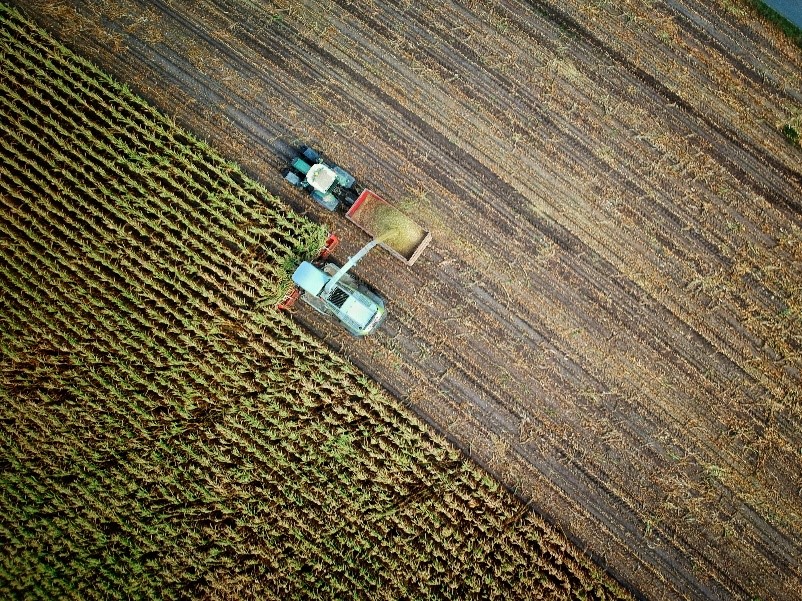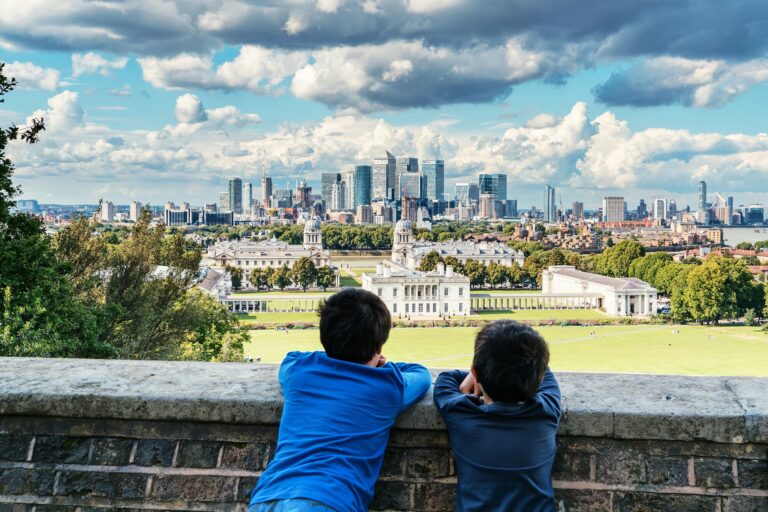
Green Growth: Sustainable Future or Myth? – Part One
Green Growth asserts that continued economic growth can be compatible with staying in the ecological limits of our planet, with measures to decouple GDP growth from environmental impacts. It’s become popular amongst policymakers, but climate scientists are sceptical that green growth can ever truly be green.
We continue our series exploring alternative economic models. Here, in the first of three parts, we examine the concept of green growth.
What is Green Growth?
Green growth seeks to achieve continued economic growth that is more environmentally sustainable. It is popular amongst policymakers and international organisations. The Organisation for Economic Co-operation and Development (OECD), World Bank, and United Nations, have all developed strategies to incorporate it.

In addition, organisations such as the Global Green Growth Institute (GGGI) are specifically dedicated to its promotion and adoption. The GGGI reflects a broader Asia and Pacific regional interest to “leapfrog” over the past industrialisation patterns of high-income countries that were resource intensive and polluting, contributing to the majority of greenhouse gas emissions, and avoid the trap of “growing first, cleaning up later.”
WHat does green growth mean?
How green growth is defined depends on which organisation you refer to. Recent publications have identified at least 13 separate definitions.
The most prominent definitions are:
…a basis to sustain employment levels and secure the resources needed to increase public welfare […] transforming production and consumption in ways that reconcile increasing GDP with environmental limits.”
The EU
…fostering economic growth and development, while ensuring that natural assets continue to provide the resources and environmental services on which our well-being relies.”
The OECD
…growth that is efficient in its use of natural resources, clean in that it minimizes pollution and environmental impacts, and resilient in that it accounts for natural hazards and the role of environmental management and natural capital in preventing physical disasters.”
The World Bank
Of all the advocates, UNEP offers the “greenest” definition. It favours a ‘green economy’, which it defines as one that simultaneously grows income and improves human well-being ‘while significantly reducing environmental risks and ecological scarcities.’

This is in contrast to the World Bank’s definition. It seeks to minimise environmental impacts rather than reverse or end them entirely. Given the current ecological tipping points the world is facing many researchers fear is not sufficient. Instead we must focus on ending and reversing, rather than simply minimising environmental impacts, in order to solve the interconnected environmental crises of climate change, biodiversity loss, and increasing land degradation.
All four organizations agree that green growth relies on technological advancements. These advancements will improve the economy’s ecological efficiency. The economy will extract natural resources in ways that reduce pollution. It will also use resources more efficiently, minimizing waste and reducing the need for more extraction. Governments must speed up this transition with the right regulations and incentives.
The Cost of Growth
Over the past two decades, economic growth has lifted more than 660 million people out of poverty and raised the income levels of millions of people. This economic transformation is most notable in China, where there has been a significant rise in living standards.
However, economic growth has come at the expense of vast environmental degradation. In the case of China, its industrialisation and economic transition led to the “great cuttings”. This was an extensive period of logging of China’s forests for agricultural expansion and to build railroads. Decades of extensive deforestation has accelerated land degradation in China and caused the expansion of the Gobi Desert. Economic growth reliant on extracting and commodifying natural resources, always comes at steep environmental costs. The challenge of green growth is to resolve this inherent tension.
Decoupling
Green growth hinges on the concept of decoupling. This is a term that refers to an economy that would be able to grow without increases in environmental pressure. In short, GDP growth would be decoupled from any corresponding environmental impacts.
Absolute decoupling – that is a complete separation between GDP growth from any environmental impacts – would be required to achieve green growth under current climate commitments. This would mean that greenhouse gas emissions would need to be on a downwards trends, whilst GDP continued to grow.

Proponents of green growth argue that continued economic growth is necessary to ensure that low-income countries can develop their economies and lift millions of people out of poverty.
Green growth aims to “leapfrog” the highly polluting and environmentally destructive historical industrialisation of the Global North and fast-track a path of sustainable development. It aims to reconcile low-income countries’ urgent need for rapid economic development and poverty alleviation, with the need to avoid irreversible and costly environmental impacts.
Social and political inertia has constrained it, but proponents argue that it has significant potential.
_________________________________________________
This is part one of Green Growth: Sustainable Future or Myth?.


